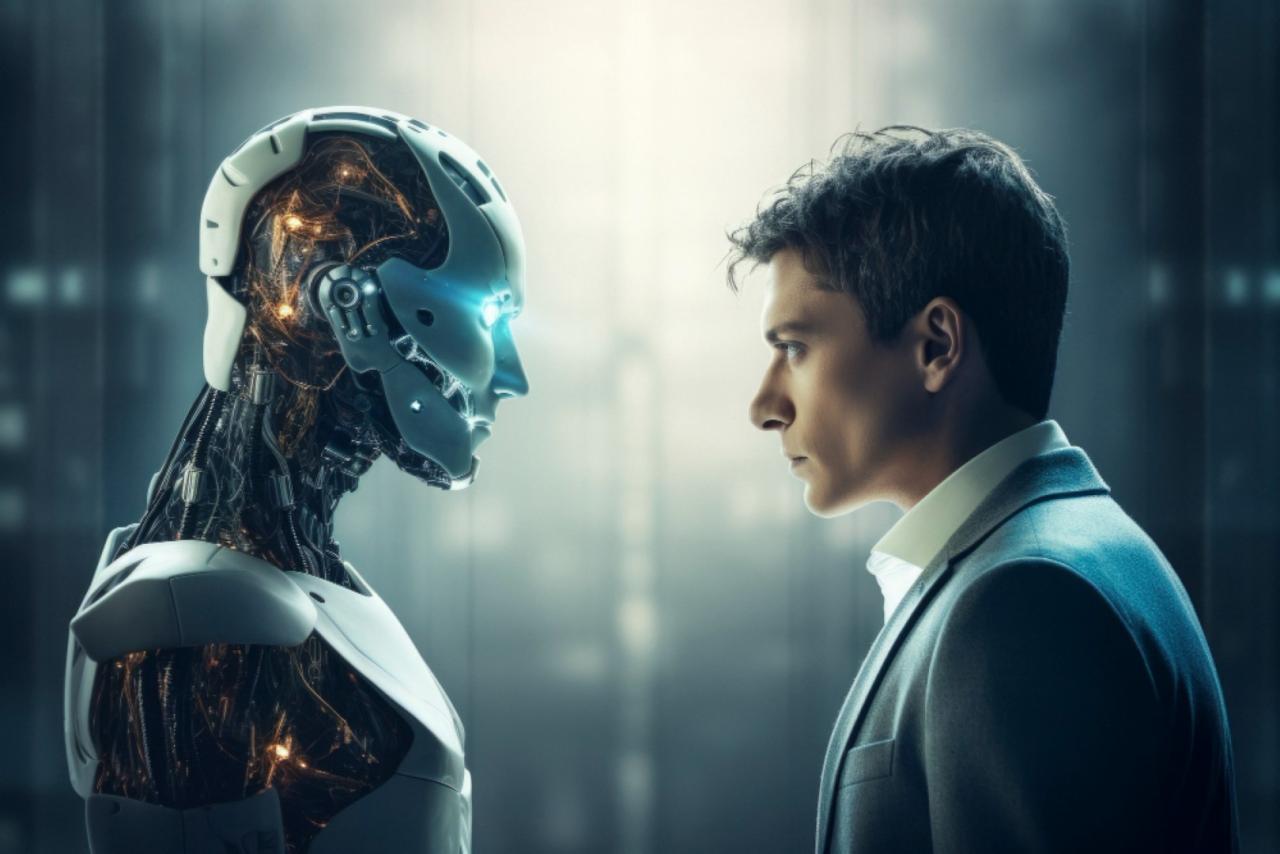In the ever-evolving landscape of technology, the trajectory of artificial intelligence (AI) is steering us toward a future where robots are not just tools but companions—entities that echo the nuances of human interaction. The prospect of "Robots Becoming More Human" unravels a tapestry of innovation, ethical considerations, and the potential transformation of our daily lives. Join us on a captivating journey as we explore the evolution of AI and its profound impact on the quest to make robots more human-like.
The Current State of Robotics and AI
1. From Automation to Artificial Intelligence
Begin by tracing the evolution of robotics, from early automation to the integration of artificial intelligence. Understand the pivotal role of AI in imbuing machines with cognitive capabilities, paving the way for more sophisticated interactions.
2. Humanoid Robots: Bridging the Gap
Explore the realm of humanoid robots—machines designed to resemble and function like humans. Delve into the advancements that have propelled these robots beyond mere tools, making them more adept at understanding and responding to human emotions.
The Role of Natural Language Processing (NLP)
1. Conversational AI: Beyond Scripted Interactions
Examine the advancements in natural language processing, unraveling how conversational AI goes beyond scripted responses. Witness the emergence of chatbots and virtual assistants that engage in fluid, context-aware conversations.
2. Empathy in Machines: Understanding Human Emotions
Delve into the realm of emotional AI, where machines are equipped to understand and respond to human emotions. Explore the ethical considerations surrounding the development of empathetic machines and their potential applications in various domains.
Machine Learning and Adaptability
1. Learning from Experience: The Essence of Machine Learning
Understand the significance of machine learning in the evolution of AI. Explore how machines can learn from experience, adapt to changing circumstances, and continually improve their performance without explicit programming.
2. Personalized Experiences: AI Tailored to Individuals
Uncover how AI is venturing into the realm of personalized experiences. From recommendation algorithms to adaptive interfaces, explore how machines are tailoring interactions to the unique preferences and behaviors of individuals.
The Integration of Sensor Technologies
1. Sensory Perception in Robots
Explore the integration of sensor technologies that enable robots to perceive and interpret their environment. From vision and hearing to touch and beyond, understand how sensory capabilities contribute to human-like interactions.
2. Haptic Feedback and Tactile Sensation
Dive into the world of haptic feedback, where robots can provide tactile sensations akin to human touch. Explore applications in healthcare, virtual reality, and beyond, where haptic technology enhances the richness of human-machine interactions.
Ethical Considerations and Responsible AI
1. Navigating the Ethical Landscape of AI
Address the ethical considerations surrounding the development of human-like robots. Discuss issues related to privacy, consent, bias, and the responsibility of creators in ensuring ethical AI practices.
2. The Quest for Ethical AI: Transparency and Accountability
Explore the ongoing efforts to establish ethical frameworks for AI. Delve into the importance of transparency, accountability, and the role of AI developers in building systems that align with societal values.
Applications Across Industries
1. Healthcare: Robotic Companions in Wellness
Investigate how human-like robots are making strides in healthcare. Explore their roles as companions for the elderly, therapeutic aids, and even surgical assistants, ushering in a new era of personalized care.
2. Education: AI as a Learning Companion
Examine the integration of AI in education, where human-like robots serve as learning companions. Discuss their potential to personalize learning experiences, provide tutoring, and support educators in fostering a dynamic learning environment.
Challenges and Future Outlook
1. Technological Challenges: The Road Ahead
Acknowledge the challenges that lie ahead in making robots more human. Discuss the technological hurdles, including advancements needed in processing power, energy efficiency, and the integration of diverse AI capabilities.
2. Envisioning the Future: AI in Everyday Life
Imagine a future where human-like robots seamlessly integrate into our daily lives. Discuss the potential scenarios, from household assistants to collaborative co-workers, and how these entities could redefine the human-robot relationship.
Conclusion: Embracing the Synergy
As we conclude this exploration into the evolution of AI and the journey toward making robots more human, reflect on the profound impact these advancements may have on our societies and individual lives. Embrace the synergy between humans and machines, recognizing the potential for collaboration, assistance, and a future where technology enhances the human experience. The road ahead is marked by both challenges and possibilities, urging us to navigate with a blend of curiosity, ethical responsibility, and a collective vision for a harmonious coexistence between humans and their increasingly human-like robotic companions.




